For cat lovers, understanding the subtle signals of feline fear is essential. Cats, with their mysterious and independent nature, often convey their emotions in ways that can easily be overlooked. When a cat feels threatened or scared, they might not always hiss or growl. Instead, they communicate their discomfort through more nuanced behaviors. Whether it’s a change in posture or an alteration in their usual routine, these gentle signals are a cat’s way of asking for reassurance and comfort. Let’s delve into the fascinating world of feline communication and uncover the 12 gentle ways cats express their fear.
Ears Pinned Back
One of the first signs that a cat is feeling scared is when their ears are pinned back against their head. This is a defensive posture, indicating that the cat is trying to protect their ears from potential threats. It’s a subtle yet powerful indication that they are feeling vulnerable. When you notice this behavior, it’s best to give your feline friend some space and time to calm down. Reassuring words and a gentle tone can also help soothe their nerves. If this becomes a frequent occurrence, it may be worth investigating the root cause of their anxiety.
Wide, Staring Eyes
Cats are known for their intense gaze, but when their eyes become wide and unblinking, it can be a sign of fear. This hyper-vigilance indicates that the cat is on high alert, scanning their environment for potential dangers. The dilated pupils, often accompanied by this stare, are another giveaway. It’s their way of saying, “I’m scared, and I’m watching closely.” During such times, it’s crucial to create a calm environment, perhaps by dimming the lights or reducing noise. A soft voice and gentle approach can assist in reassuring the frightened feline.
Flattened Whiskers
Whiskers are an essential tool for cats, providing them with spatial awareness. When a cat is scared, their whiskers will often flatten against their face. This is a defensive mechanism, as it reduces the chance of them getting caught or hurt. Observing this can be a clear indication of their stress level. It’s a subtle cue but one that speaks volumes about their internal state. Giving them a quiet space to retreat to can be beneficial in helping them regain their composure.
Low, Crouching Posture
A low, crouching posture is a classic sign of fear in cats. This position makes them appear smaller and less noticeable, a survival tactic in the wild. When a cat takes on this posture, it’s their way of trying to protect themselves from perceived threats. It’s essential not to approach them too quickly or suddenly, as this could exacerbate their fear. Instead, offering a gentle voice and waiting for them to come to you can help build trust and comfort.
Tucked Tail
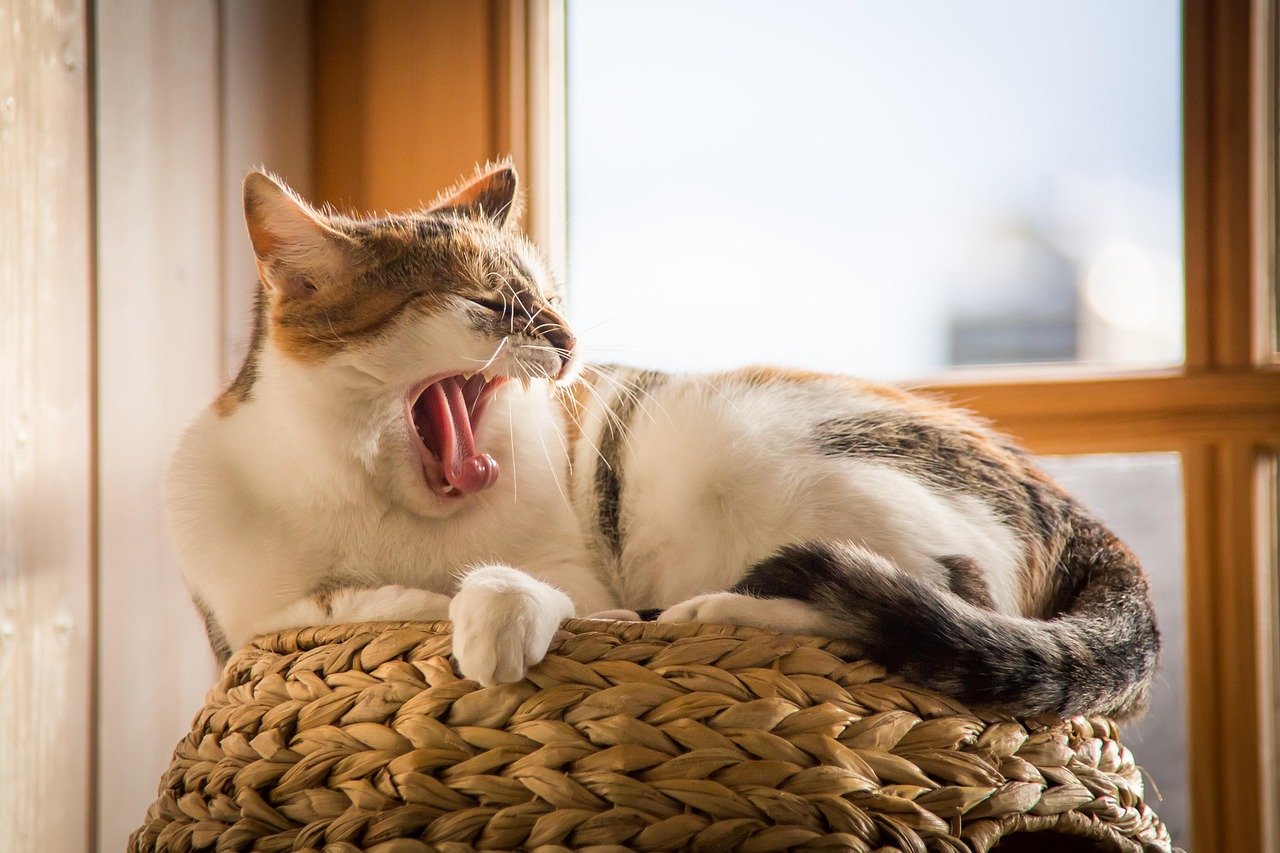
The tail is a significant indicator of a cat’s mood. When a cat is scared, they may tuck their tail tightly against their body or between their legs. This is a protective measure, indicating that the cat feels threatened. Recognizing this sign is crucial, as it suggests that the cat needs reassurance. Speaking softly and ensuring they have a safe space to retreat to can help alleviate their anxiety. Over time, this gentle approach can help rebuild their sense of security.
Hiding Away
Cats are notorious for finding the most obscure hiding spots. When a cat suddenly seeks out a hiding place, it’s often because they feel scared or threatened. This behavior is their way of removing themselves from a situation they find intimidating. While it may be tempting to coax them out, it’s best to let them emerge in their own time. Providing a quiet and safe environment will encourage them to feel secure and eventually come out of hiding.
Excessive Grooming
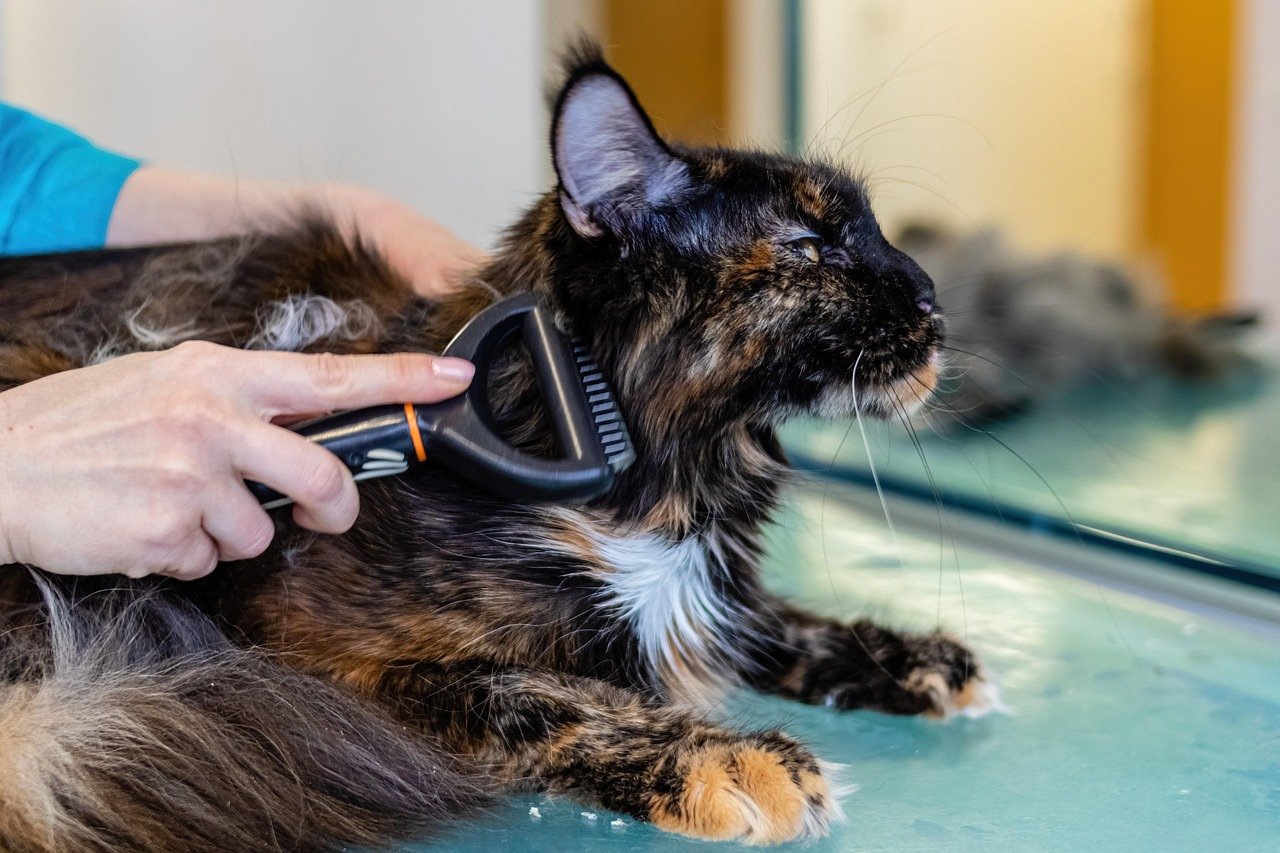
While grooming is a natural behavior for cats, excessive grooming can be a sign of stress or fear. This behavior is a coping mechanism, much like a human biting their nails when anxious. If you notice your cat is grooming themselves more than usual, it might be worth investigating potential stressors in their environment. Reducing these stressors and offering comfort can help your cat feel more at ease and reduce their need to groom excessively.
Freezing in Place
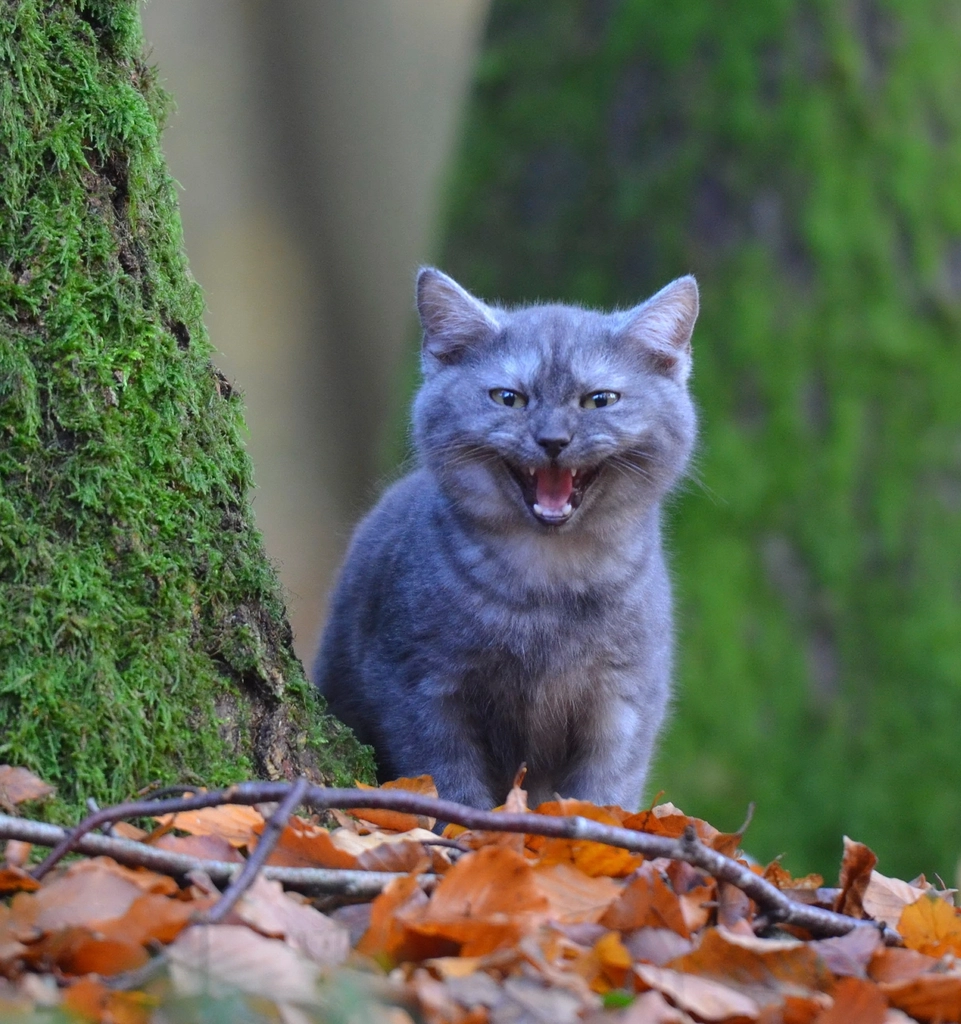
Sometimes, when a cat feels scared, they may freeze in place. This is a typical “fight or flight” response, where the cat is too scared to move. It can be a heart-wrenching sight, as they appear frozen with fear. During these moments, it’s essential to avoid sudden movements or loud noises that could further frighten them. Instead, offering a calm presence and speaking softly can help them feel safe enough to move again.
Vocalizing Softly
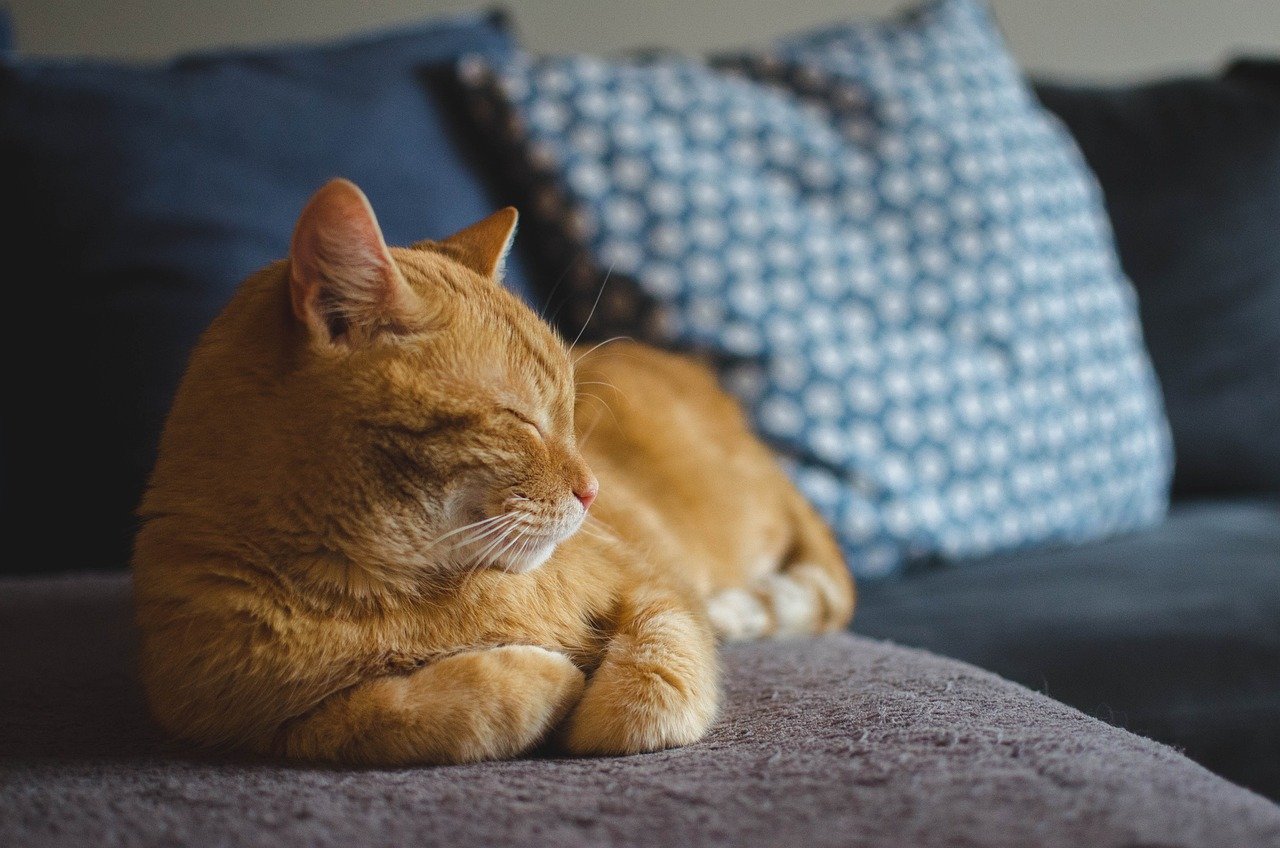
While loud hissing or growling are obvious signs of fear, cats may also express their anxiety through softer vocalizations. This can include quiet meows or even a gentle purring, which is often misunderstood as contentment. In reality, these sounds can be a cat’s way of seeking comfort and reassurance. Responding with gentle words and a soothing tone can help calm their nerves and provide the comfort they seek.
Lack of Appetite
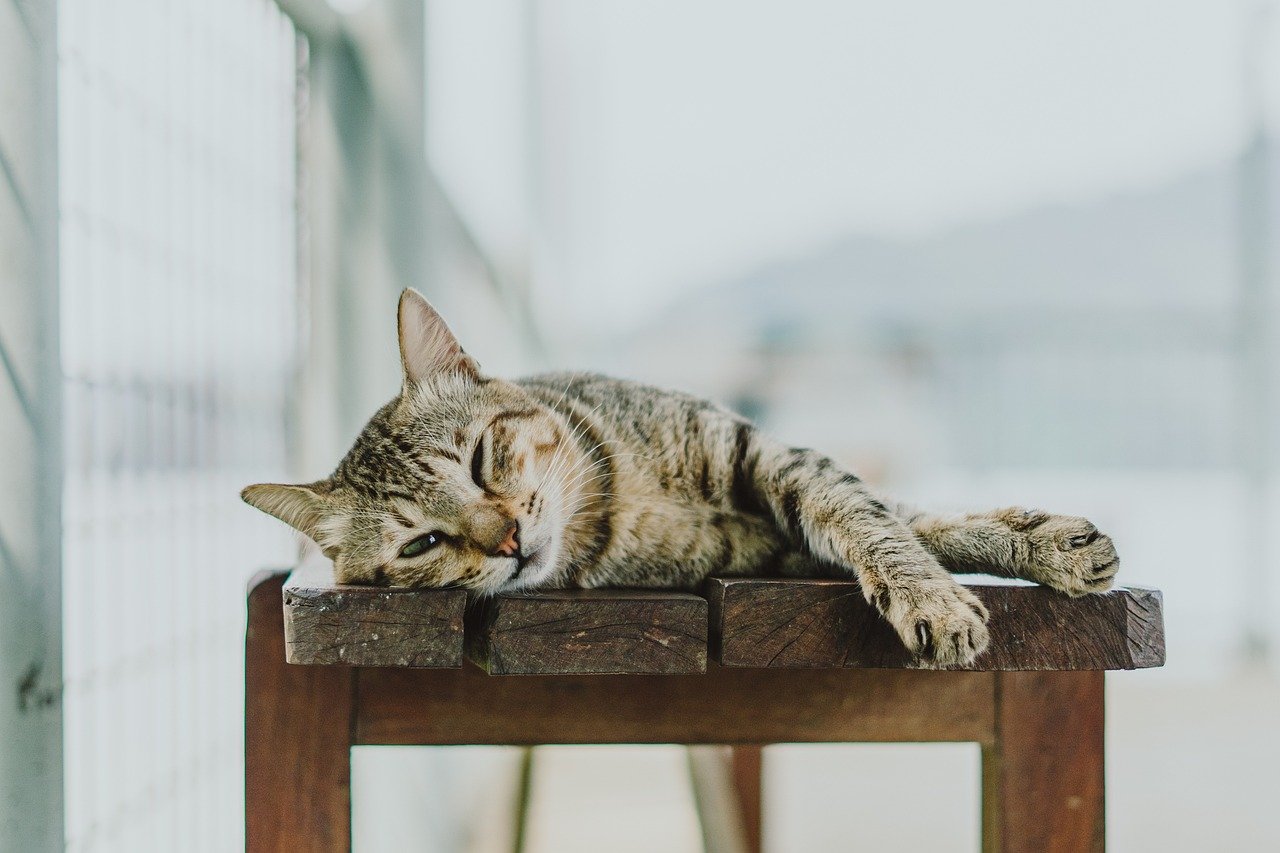
A sudden disinterest in food can be a sign that a cat is feeling scared or stressed. Cats are creatures of habit, and a change in their eating behavior can indicate that something is amiss. If your cat is avoiding their meals, it’s essential to consider what might be causing their anxiety. Ensuring they have a quiet and safe space to eat can help them feel more comfortable and encourage them to eat.
Avoiding the Litter Box
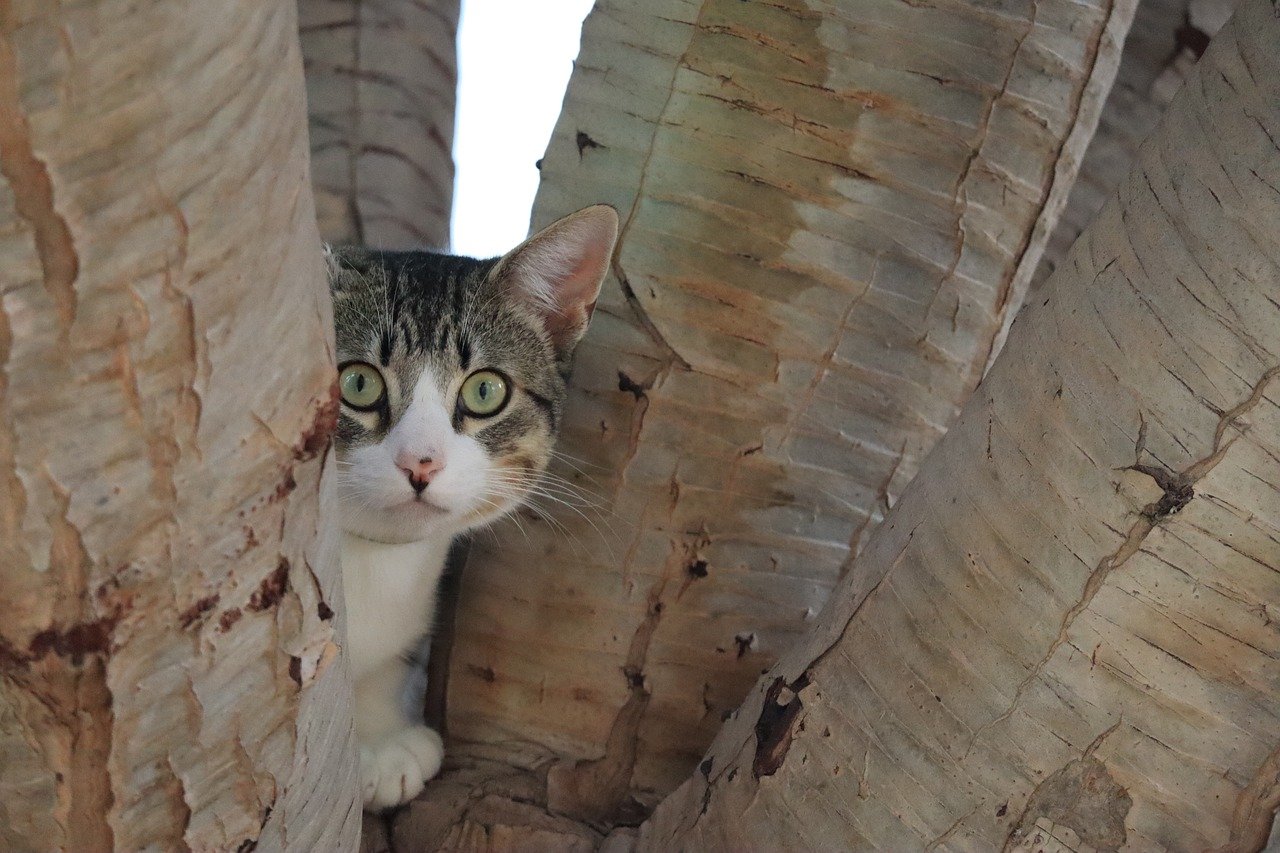
When a cat is scared, they may avoid using their litter box. This behavior can be perplexing for cat owners, but it’s often a sign of stress or fear. It’s crucial to approach this situation with patience and understanding, as punishing the cat will only increase their anxiety. Instead, try to identify any changes in their environment that might be causing their stress and make efforts to address them.
Restlessness
Restlessness can be a clear indicator of a cat’s fear. When a cat is unable to settle and is constantly on the move, it’s often because they are feeling unsettled or scared. This behavior is their way of trying to find a safe and secure spot. Offering a calm environment and reassuring presence can help them feel more at ease and reduce their restlessness.
In conclusion, understanding these gentle signals of fear can help create a more harmonious relationship between you and your feline friend. By recognizing and responding to these signs, you can provide the comfort and reassurance they need. Remember, patience and empathy go a long way in helping your cat feel safe and secure.
Hi, I’m Bola, a passionate writer and creative strategist with a knack for crafting compelling content that educates, inspires, and connects. Over the years, I’ve honed my skills across various writing fields, including content creation, copywriting, online course development, and video scriptwriting.
When I’m not at my desk, you’ll find me exploring new ideas, reading books, or brainstorming creative ways to solve challenges. I believe that words have the power to transform, and I’m here to help you leverage that power for success.
Thanks for stopping by, Keep coming to this website to checkout new articles form me. You’d always love it!






